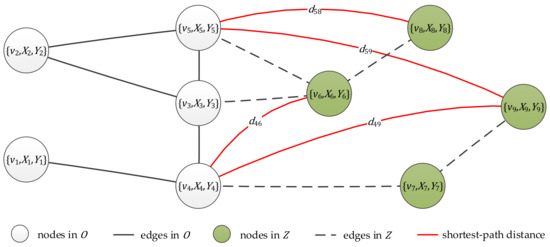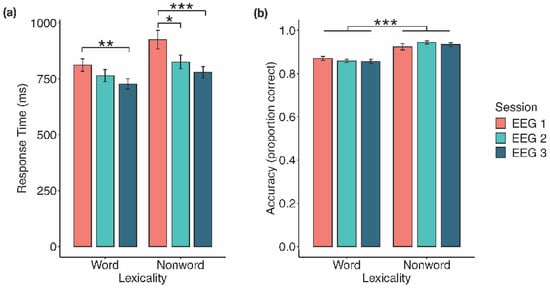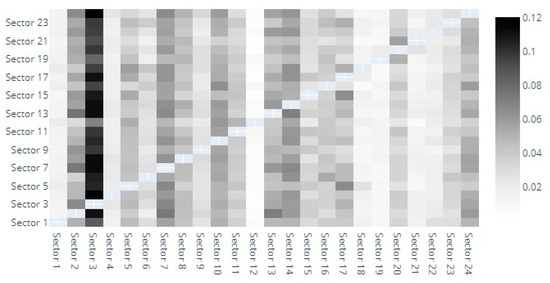Social Sciences
A topical collection in Entropy (ISSN 1099-4300). This collection belongs to the section "Multidisciplinary Applications".
Viewed by 13757Editor
Interests: complexity science; nonlinear phenomena; stochastic calculus; Kolmogorov complexity; complexity measures
Special Issues, Collections and Topics in MDPI journals
Topical Collection Information
Dear Colleagues,
Entropy is one of the most important concepts arising in the evolution of physics and information theory. During his conceptual and theoretical development, it has greatly influenced different fields of science, helping to gain a better understanding of macroscopic and universal phenomena, among others.
During the last several decades, a significant number of applications showing the novel use of entropy or information-theoretic concepts have been applied to social sciences. This increasing interdisciplinary effort is obtaining significant new results with impacts in different social systems arenas, like economics, public policy, epidemic control, energy use, etc.
This collection aims to provide a specific meeting point between concepts, methods, and applications coming from entropy theory and social sciences. It is open to original research and review articles on specific social science topics of interest, which include (but are not limited to):
- Network theory;
- Nonlinear dynamics;
- Statistical mechanics;
- Game theory;
- Big data;
- Maximum entropy methods;
- Shannon (and other) entropy functions;
- Self-organization;
- Simplicity and complexity;
- Social networking;
- Artificial intelligence;
- Neural networks;
- Cybernetics;
- Robotics;
- Human–machine interfaces;
- Info-metrics.
Prof. Dr. Miguel A. Fuentes
Collection Editor
Manuscript Submission Information
Manuscripts should be submitted online at www.mdpi.com by registering and logging in to this website. Once you are registered, click here to go to the submission form. Manuscripts can be submitted until the deadline. All submissions that pass pre-check are peer-reviewed. Accepted papers will be published continuously in the journal (as soon as accepted) and will be listed together on the collection website. Research articles, review articles as well as short communications are invited. For planned papers, a title and short abstract (about 100 words) can be sent to the Editorial Office for announcement on this website.
Submitted manuscripts should not have been published previously, nor be under consideration for publication elsewhere (except conference proceedings papers). All manuscripts are thoroughly refereed through a single-blind peer-review process. A guide for authors and other relevant information for submission of manuscripts is available on the Instructions for Authors page. Entropy is an international peer-reviewed open access monthly journal published by MDPI.
Please visit the Instructions for Authors page before submitting a manuscript. The Article Processing Charge (APC) for publication in this open access journal is 2600 CHF (Swiss Francs). Submitted papers should be well formatted and use good English. Authors may use MDPI's English editing service prior to publication or during author revisions.
Keywords
- Social science
- Complexity theory
- Network theory
- Nonlinear dynamics
- Game theory
- Statistical mechanics
- Big data
- AI
- Human–machine interface









